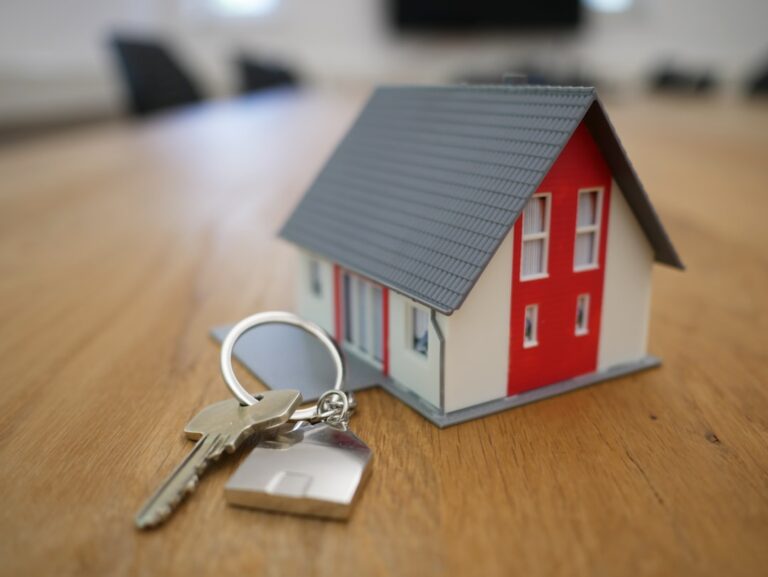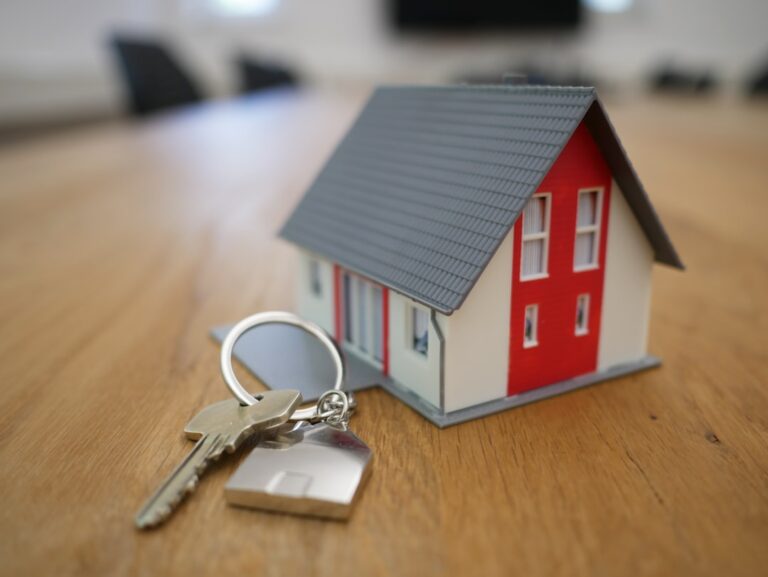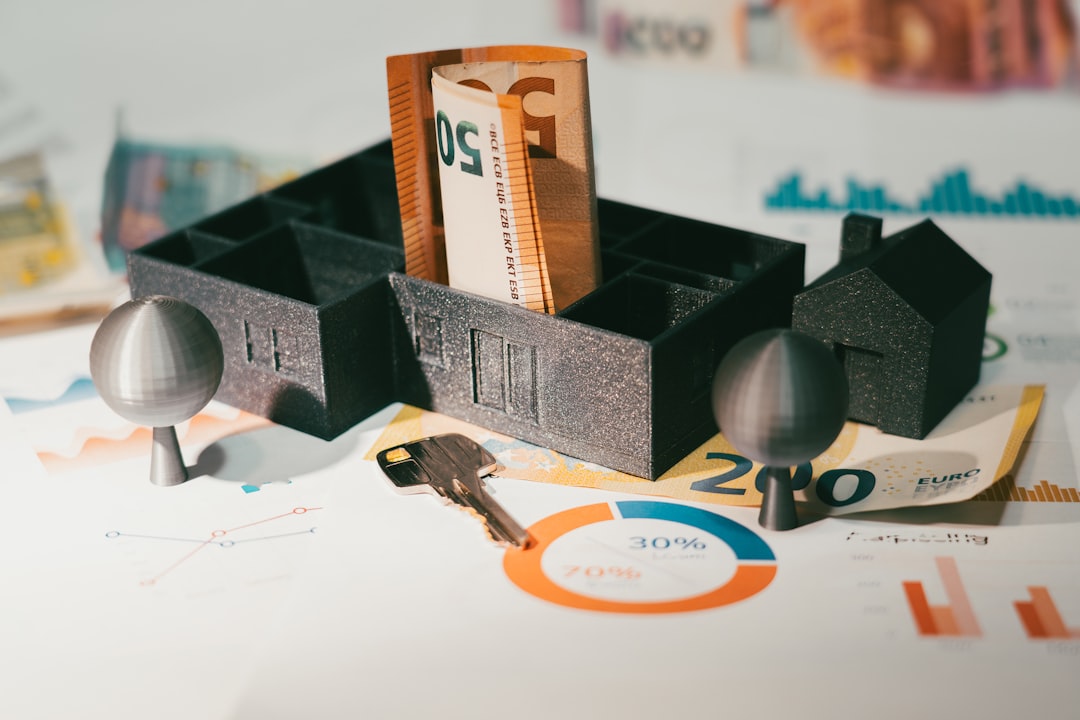Debt consolidation combines multiple debts into one lower-interest loan, simplifying repayment and saving money. Secured loans use assets as collateral for better rates but carry risk. Unsecured options are risk-free but may have higher rates. Choose between "debt snowball" or "debt avalanche" strategies based on discipline and preference.
Struggling with multiple personal loan and credit card debts? Debt consolidation could be the solution you need. This comprehensive guide explores various debt consolidation options, focusing on secured debt consolidation loans—a powerful tool for managing and reducing debt. We’ll delve into how these loans work, their benefits, and compare them to unsecured alternatives. Additionally, we’ll provide strategies to repay and help you choose the best consolidation method for your financial situation.
- Understanding Debt Consolidation: A Comprehensive Guide
- Secured Debt Consolidation Loans: How They Work and Benefits
- Exploring Unsecured Options for Credit Card and Personal Loans
- Strategies to Repay and Choose the Best Consolidation Method
Understanding Debt Consolidation: A Comprehensive Guide

Debt consolidation is a strategic approach designed to simplify and streamline multiple debts into one, often more manageable loan. This method allows individuals to pay off various lenders over an extended period, potentially reducing monthly payments and interest rates. For those burdened by personal loans and credit card debt, understanding secured debt consolidation loans can be a game-changer.
Secured debt consolidation loans involve using an asset—such as a house or vehicle—as collateral for the new loan. This provides lenders with added security, enabling them to offer lower interest rates and more favorable repayment terms. While this requires individuals to be cautious and ensure they can repay the loan, it could significantly reduce financial stress by consolidating debts into one manageable stream.
Secured Debt Consolidation Loans: How They Work and Benefits

Secured debt consolidation loans offer a structured approach to managing multiple debts. This type of loan involves using an asset, typically a house or vehicle, as collateral for the new loan. The process works by combining all your existing personal loan and credit card debts into one single, often lower-interest, repayment stream. This simplifies your financial obligations by reducing the number of payments you need to make each month.
One of the key benefits of secured debt consolidation loans is the potential for interest rate savings. By bundling your debts, you might secure a lower interest rate than the average on your current loans. Additionally, these loans often have fixed rates, providing predictability and stability in your monthly payments. This can help individuals regain control over their finances, reduce stress related to debt management, and potentially save money in the long term.
Exploring Unsecured Options for Credit Card and Personal Loans

When considering debt consolidation, one of the initial paths to explore is unsecured options for credit cards and personal loans. These are ideal for those looking to simplify their repayment process without requiring collateral. Unsecured debt consolidation loans allow borrowers to combine multiple high-interest debts into a single loan with a potentially lower interest rate, making it easier to manage and pay off. This approach is particularly beneficial for credit card debts, which often carry higher rates, offering both financial relief and streamlined payments.
Secured debt consolidation loans are another option, but they require borrowers to put up collateral, such as a house or car. While this can lead to lower interest rates, it introduces an additional risk. Unsecured options provide a more accessible entry point for debt management, especially for those with less substantial assets to use as collateral. This flexibility makes unsecured consolidation loans a popular choice for individuals seeking to regain control of their finances without assuming significant new risks.
Strategies to Repay and Choose the Best Consolidation Method

When considering debt consolidation for personal loans and credit cards, understanding different repayment strategies is key. One common approach is to focus on high-interest debts first, aiming to clear them swiftly to reduce overall interest payments. This strategy, often called the “debt snowball method,” prioritizes eliminating smaller balances quickly for immediate gratification, fostering motivation to continue.
Alternatively, the “debt avalanche” method involves targeting debts with the highest interest rates first. While it may not provide the same instant satisfaction as the snowball method, this approach saves more money in the long run by minimizing overall interest spent. When choosing the best consolidation method, consider your financial discipline and the psychological impact of repayment strategies. Secured debt consolidation loans can also be an option, where assets like real estate are used as collateral for lower interest rates, but it’s crucial to weigh the risk of potential asset loss against potential savings.
Debt consolidation can be a powerful tool to gain control of your finances, especially when managing multiple loans. By exploring options like secured debt consolidation loans, you can potentially lower interest rates and simplify repayment terms. This article has provided an in-depth look at various debt consolidation methods, from understanding the concept to comparing secured and unsecured loans. With the right strategy, you can make informed decisions to reduce debt and achieve financial stability. Remember, choosing the best consolidation method depends on your unique circumstances, so take time to assess your options before making a decision.
